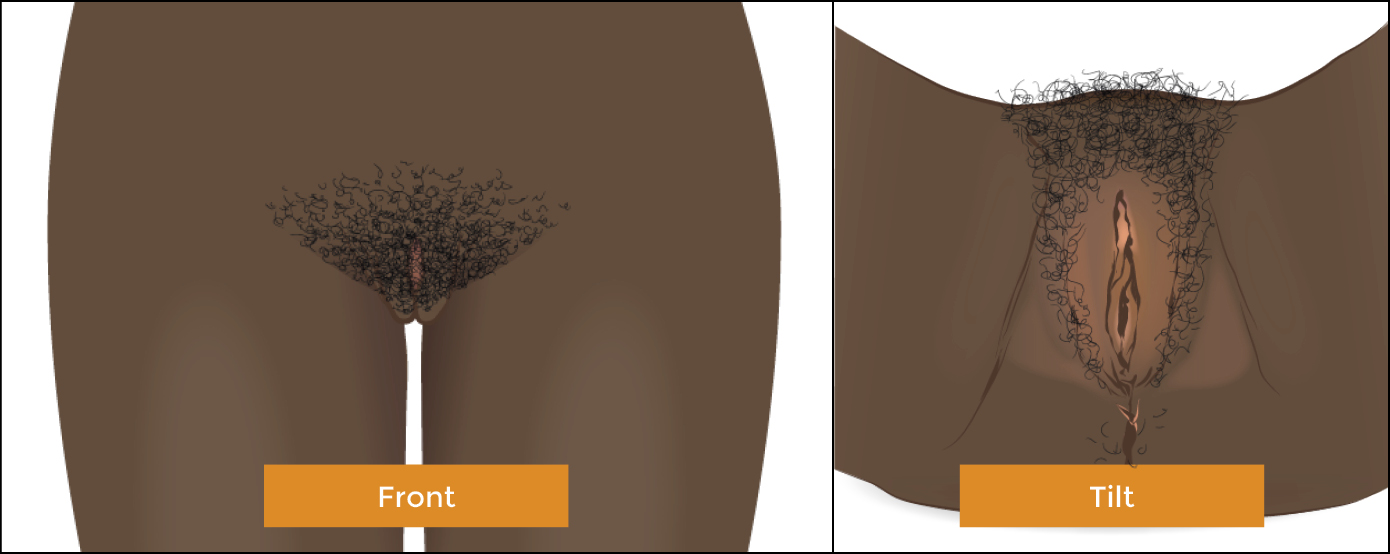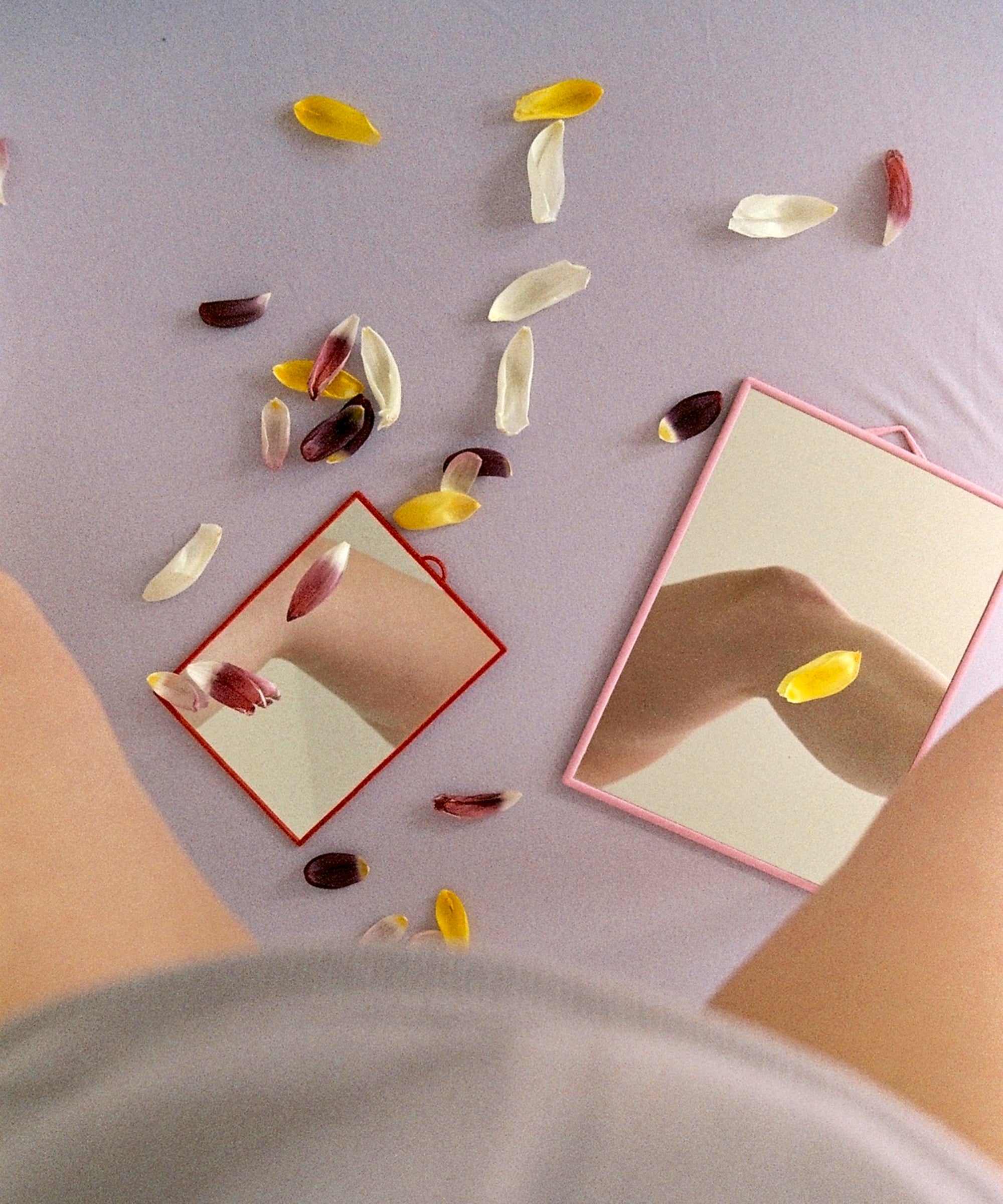

Innie belly buttons are like a little dent in your stomach. The first distinction is usually if the belly button is an innie or outie. What does an outie belly button look like? Your belly button comes from the severing of the umbilical cord, which generally takes places just moments after birth. Innies are a bit more common than outies, which means outies aren’t just prominent because they stick out a little… …it’s also because they’re rarer. What is an innie belly button?Īn innie, of course, is a belly button that doesn’t extend past the plane of your stomach. Some people believe that one’s belly button style depends on the manner or distance at which the cord was cut, but there is no evidence to prove this is true. Can you get an outie with an innie?Īlthough getting an innie or an outie is a matter of chance, most people have innies. Sometimes, an outie can also be created due to an umbilical hernia or umbilical granuloma. Outies have extra scar tissue protruding out, as compared to innies, which are more concave. The more agreed-upon view is that the type merely depends on the manner in which the scar tissue formed. What is the difference between innies and Outies? Although getting an innie or an outie is a matter of chance, most people have innies. We usually classify them into two main groups: innies and outies, depending on whether they go inward or stick out. Babies with certain medical conditions that affect the belly button are more likely to have outies.

But most of the time, outie formation is simply luck of the draw. Innie belly buttons are much more common than outies.

Most patients take a week off from work, during which they can reduce swelling and pain by icing with a cold pack sandwiched between the patient's underpants and an elastic garment, like Spanx. Healing problems are more likely to occur with a wedge procedure, particularly if the patient is exposed to substances that cause blood vessels to shrink. While some women desire an aggressive reduction, this can result in chronic dryness, scarring at or near the vaginal opening and pain with intercourse. The most common complication is over-resection. The risks associated with labiaplasty include those of most surgical procedures, including bleeding, hematoma and infection. Closure is usually done with absorbable sutures. Extra folds of the clitoral hood can also be reduced at the same time. Next in popularity is the wedge procedure, which maintains a natural border after a pie-shaped piece of tissue has been removed. The most common type of labiaplasty is the trim procedure, in which the extra tissue is removed and sewn up directly. Labiaplasty is a procedure that can be done under either local anesthesia with oral sedation or under general anesthesia. Please consult with your plastic surgeon's office to determine your final fee. This average cost is only part of the total price – it does not include anesthesia, operating room facilities or other related expenses. The average cost of a labiaplasty is $3,053, according to 2020 statistics from the American Society of Plastic Surgeons. A labiaplasty may be performed to reduce asymmetry when one is longer than the other, or, more commonly, to reduce the length of both labia so that the labia no longer twist, tug or fall out of a bathing suit. The goal of the procedure is to reduce the labia minora so that they don't hang below the hair-bearing labia majora. Women opt for surgery for a variety of reasons, including pain from twisting and tugging of the labia when riding a bike or during intercourse, itching, irritation and self-consciousness. It is the most commonly performed aesthetic genital plastic surgery and it can relieve symptoms women experience from twisting and tugging of the labia. The term labiaplasty refers to a procedure that reduces the length of the labia minora.


 0 kommentar(er)
0 kommentar(er)
